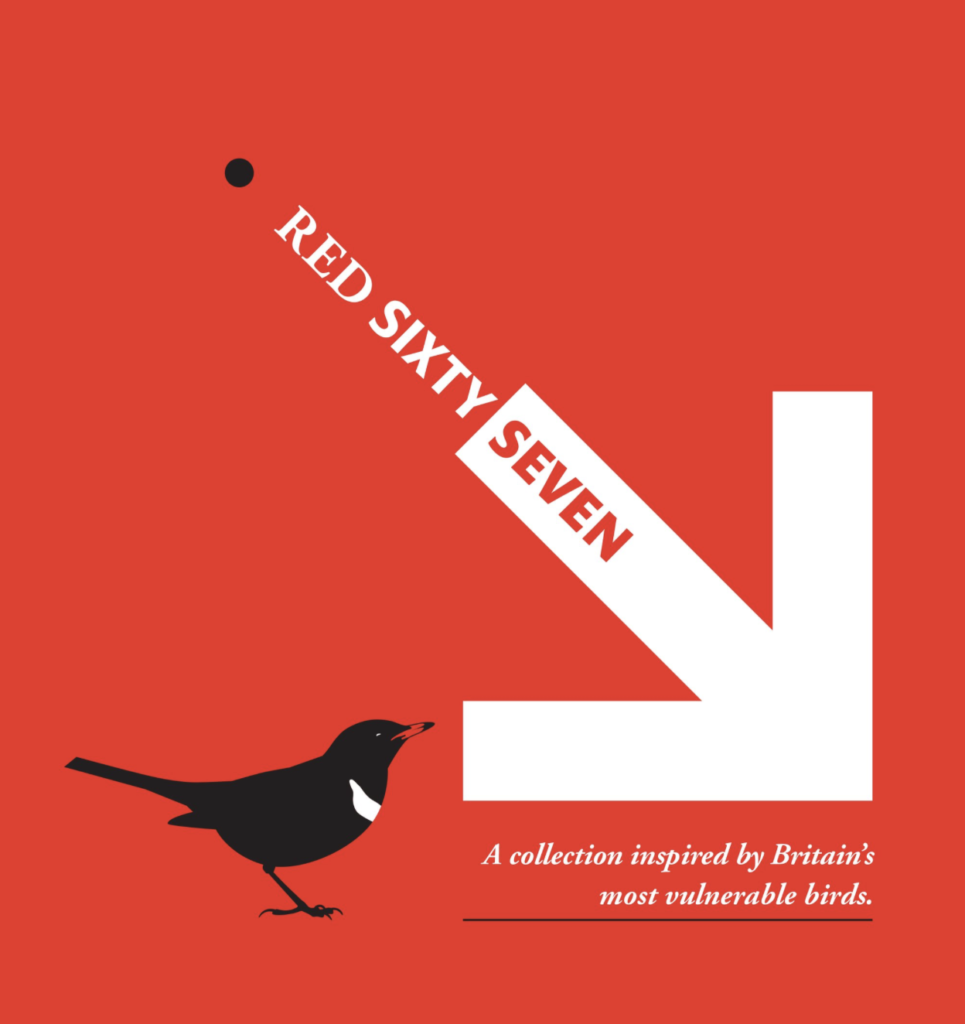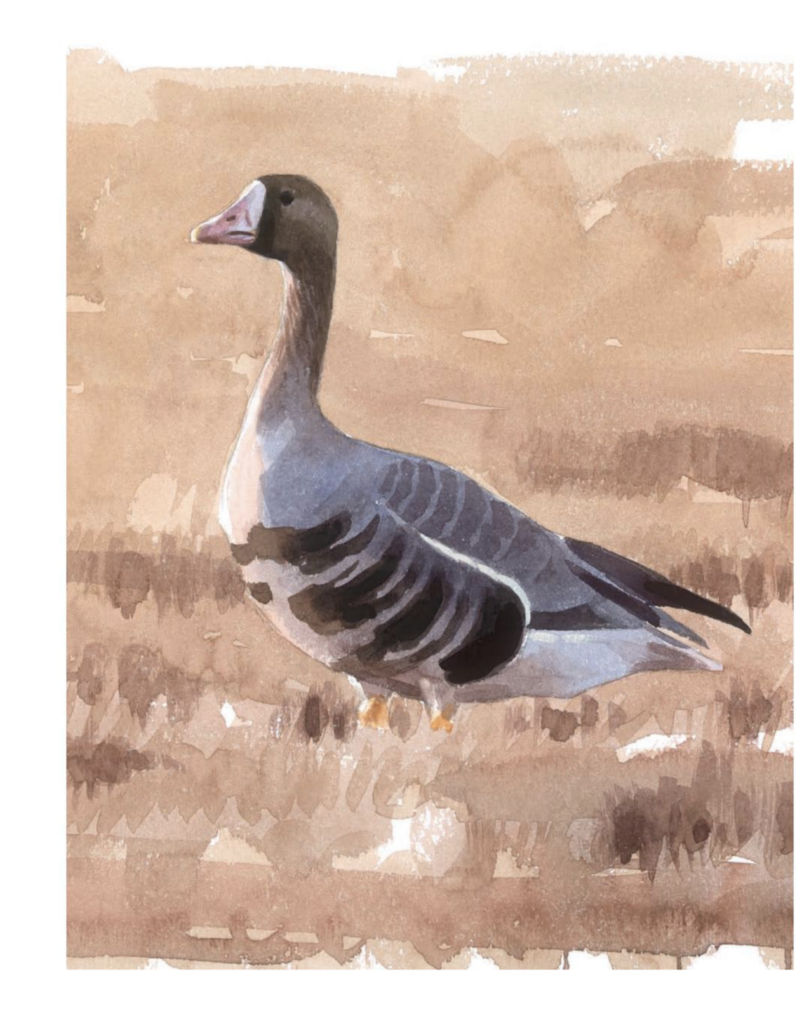
Red 67
I was really honoured to be invited to contribute to the extraordinary book; Red 67.
As the blurb says, this book shouldn’t exist. It does because the 67 birds depicted in this book are on the UK Red List. One in four UK bird species are under significant threat. Birds we consider common, like the House Sparrow, Starling and Herring Gull are more vulnerable than ever before.
So Red 67 was the idea of Kit Jewitt, to bring 67 writers and 67 artists together to create an illustrated book, the result being 67 love letters to our most vulnerable species from a wide variety of writers, and the birds illustrated by some of the best wildlife artists around, showcasing a range of styles.
Every penny from the sales is donated to help conservation projects run by the BTO and RSPB.
I decided to write about the White-fronted Goose.

I’ve always loved wild geese. They usually come with the seasons and remind us the world is still turning. I love seeing flocks of birds together, arriving from a far-off lands coming back to the same place they have done for thousands of years.
But what about the White-fronted Goose? How much did I know about them? I’ve seen them only fleetingly before. I chose to concentrate on the Greenland White-fronted Goose, a subspecies of the White-fronted Goose, perhaps feeling a connection as I had travelled to Greenland many years ago. And the more I researched I realised how little is actually known about them, in part because their breeding habitat is so remote in the west of Greenland.
Their numbers crashed due to hunting, but then a hunting ban was brought in and their numbers began to rise. But then in the 80s their numbers have been steadily tumbling downwards. This is thought to be due to a number of factors including loss of habitat and climate change affecting their breeding grounds. When these geese moult they become flightless for a time with their chicks. In some areas of Greenland it is thought that the water melts faster, cutting off feeding grounds with fast rivers and in some area there is more snow, preventing growth of vegetation to eat.
I then read that these birds diverged from another goose species and evolved as a separate species some 2.5 million years ago.
2.5 million years!
It made me think of all those years…all those revolutions around the sun…all the different glacial periods which happened slowly enabling the geese to adapt. This bird’s story was told in deep time, in slow time. Yet, in the blink of an eye, they could be gone, without enough time to adapt to our rapidly changing climate.
So when I tried to write a piece, I didn’t know what to write. Where do you start? But I suppose I’m a story teller, and so I wrote their story…and to begin, I thought, what are the essential common denominators of a bird…and it starts like this…
She is feather, blood and bone.
You can read my piece if you click on the website. My piece is the first in the sample.
But I’d advise you to buy the book and discover wonderful writers and artists, find new ways to appreciate these remarkable birds and most importantly help directly with their conservation.